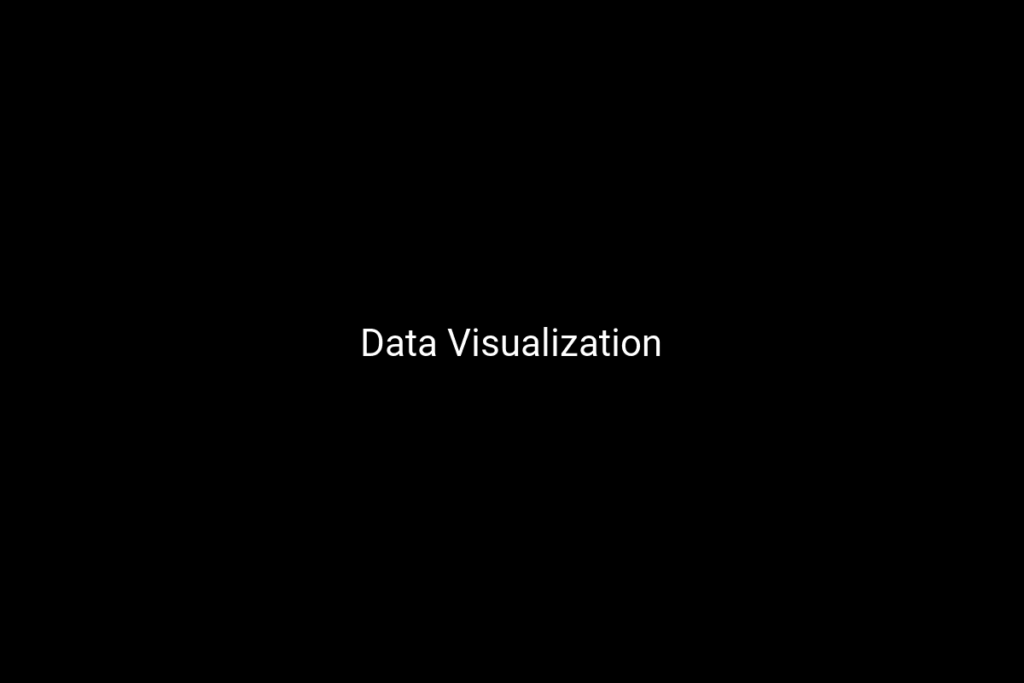The use of data visualization is nothing new to the world. William Playfair (1759-1823) is credited with being the inventor of many of the modern data visualization tools we have at our disposal today. Mr. Playfair created the line plots, bar charts and pie charts that we are all familiar with. Data visualization uses charts to easily convey otherwise complex statistical information.
As with anything, there are good and bad data visualization techniques. A good display will clearly communicate ideas with efficiency and accuracy. A bad display is hard to understand and may confuse and obscure the data provided. In order to maintain a good display, a rule of thumb is that the visual representation should remain proportional to the numbers it represents. For example a bar that represents 50 units should be exactly half the size of a bar that represents 100 units.

People use data visualization to identify trends that would otherwise not be able to be seen. Humans are visual creatures and seeing a chart that represents data and statistics is easier to understand than seeing the numbers bunched together on a table. A great example of this would be stock price charts. Stock charts plot the daily price of a stock and place it on a chart. Individuals can use the chart to identify price trends and patterns that would otherwise remain unseen.
Modern Data Visualization
Computers have taken data visualization to a whole new level. Databases can hold an immense amount of information that can be analyzed and easily accessed. Businesses can use databases and software programs to generate reports that convey a whole host of information. A company can view the revenues from a division, product or even a single employee with the ease of a click of a mouse.

Recent Comments